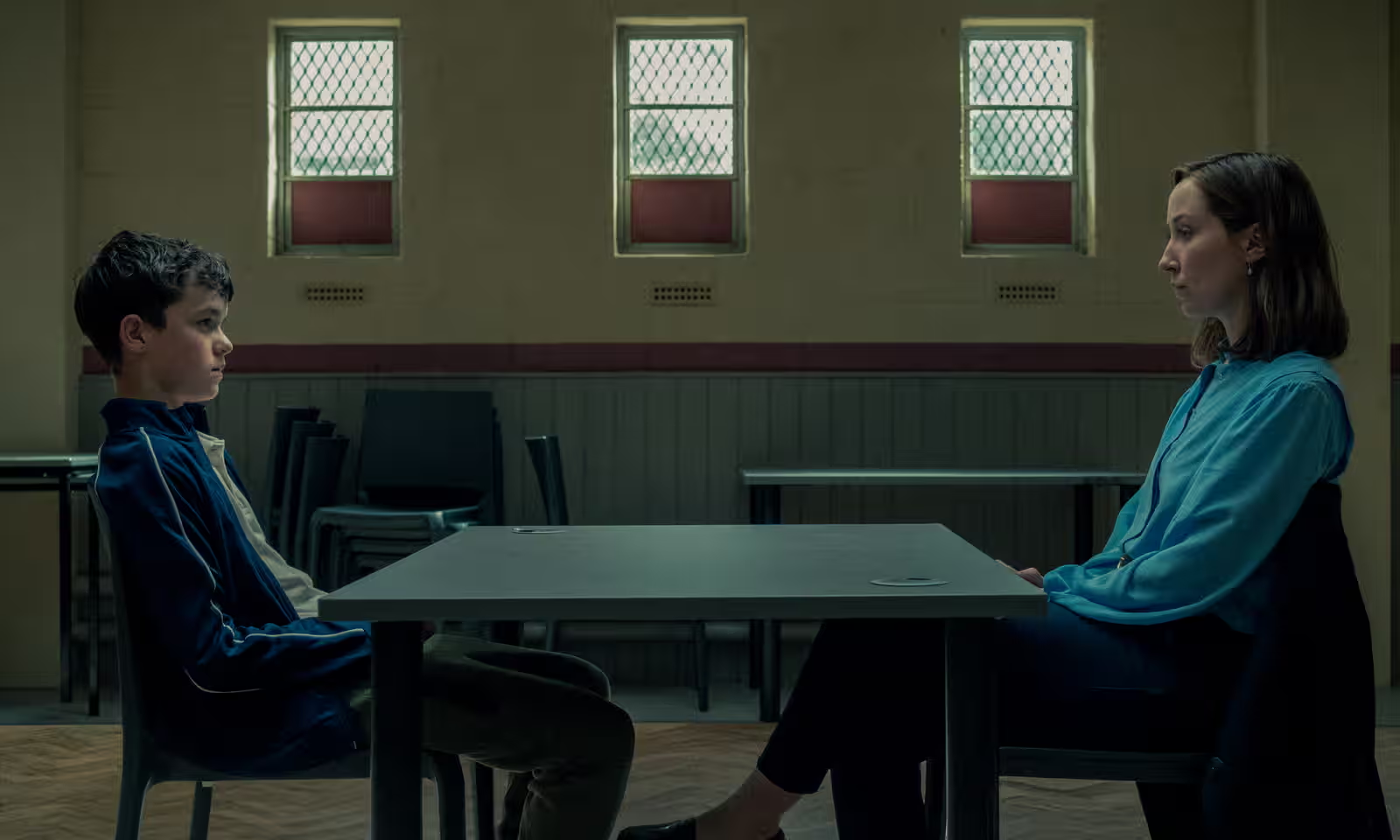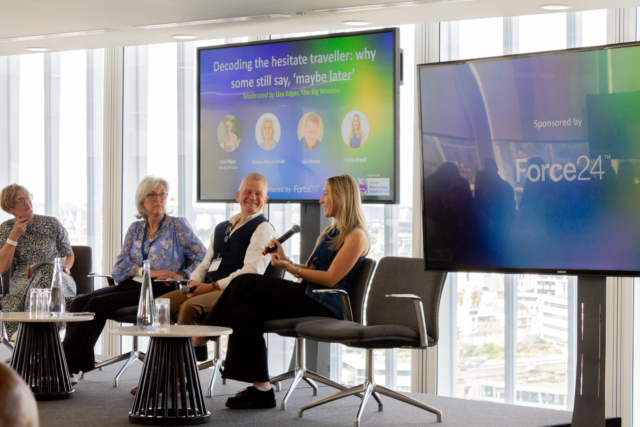Today we explore how AV can deliver rapid, meaningful social impact when the right content is made. With Netflix’s Adolescence sparking a national conversation around the challenges facing teens today, the dangers of red pill content, and the intersections of mental health, toxic masculinity, and social media.
From the perspective of a media planning and buying agency, we understand the powerful role audio-visual content plays in shaping perceptions and driving societal change. Whilst AV has long been a force for influence, its potential to catalyse real transformation becomes especially clear when deeply impactful narratives are brought to the forefront. Often, it takes moments of national reckoning to sharpen that focus.
In recent years, a series of distressing, violent crimes have shaken the UK. In 2021, 12-year-old Ava White was fatally stabbed by a 14-year-old boy in Liverpool. In 2023, 15-year-old Elianne Andam was killed outside a Croydon shopping centre by 17-year-old Hassan Sentamu. And most recently, the fatal crossbow attack that claimed the lives of Carol, Hannah, and Louise Hunt. Carried out by ex-partner Kyle Clifford, who admitted to consuming incel content from self-proclaimed misogynist Andrew Tate.
Adolescence: AV That Hits Home
The release of Netflix’s four-part drama Adolescence underscores just how powerful AV can be in opening up urgent conversations. Conceived by its lead actor Stephen Graham, the series was born out of a response to these very crimes. Crucially, it moves beyond tired tropes – avoiding clichés around gang culture. Instead it turns its lens toward quieter, more insidious influences drawing seemingly ordinary young men into dangerous ideologies.

The show explores online misogyny, radicalisation, and the growing pull of the “manosphere”. It reveals how these forces shape not just the boys at the centre of the story, but their families too. Graham’s choice to show the ripple effects within homes speaks to how AV, embedded in our daily lives, can spark meaningful conversations and deepen understanding. At JAA, we see content like Adolescence as a clear example of how thoughtfully crafted AV can foster rapid, far-reaching social change. Particularly when backed by strategic, intentional distribution.
From Living Rooms to Parliament
The emotional and societal impact of Adolescence hasn’t gone unnoticed in political spaces. Prime Minister Keir Starmer shared that he’s been watching the series at home with his teenage son and daughter, publicly voicing support for calls to screen it in schools and parliament.

Asked directly by Labour MP Anneliese Midgley, he described it as “a very good drama to watch” acknowledging the serious issues it raises – particularly the link between violent behaviours and harmful online content. “It’s abhorrent,” he said, “and we have to tackle it.” A spokesperson later added that the show is “an incredibly powerful programme” capturing a threat many families are quietly and increasingly concerned about.
The fact that Adolescence has reached audiences from family living rooms to the House of Commons speaks volumes. It’s a powerful reminder that when AV storytelling is rooted in authenticity and purpose, it doesn’t just reflect the world – it can help change it.
The Power of AV to Drive Change
Adolescence stands as a brilliant example of socially conscious, issue-led storytelling. Much like 2024’s Mr Bates vs The Post Office, it proves the enduring power of television to raise awareness, seek justice, and drive both social and political change.
This is content with dual resonance. A wake-up call for parents, and a reality-check for teens navigating a digital world full of pressure and misinformation. It touches on some of today’s most pressing issues. From mental health and social media anxiety, to toxic masculinity, fuelled by figures like Andrew Tate and Donald Trump, to the growing disillusionment of young working-class men.
In a time when the narratives we consume shape how we live, think, and act, Adolescence shows just how vital it is to get those stories right – and to get them seen.

GLOSSARY OF TERMS
With the growing divide between analogue parents and digital-native kids, and the rise of toxic internet subcultures, we’ve outlined a glossary of terms defining words used in Adolescence and surrounding these social issues:
Incel – ‘involuntary celibates’, describes someone, usually a male, who is frustrated by their lack of sexual experiences, blaming women and society for their lack of romantic success.
Red Pill Content – The “Red Pill,” a term that comes from the 1999 film The Matrix, has become a framework for individuals to describe their awakening to some previously hidden supposed reality. Male supremacist movements use this terminology to describe their “realisation” that men do not hold systemic power or privilege. Instead, they awaken to the “truth” that socially, economically, and sexually men are at the whims of women’s (and feminists’) power and desires.
Manosphere – is a varied collection of websites, blogs, and online forums promoting masculinity, misogyny, and opposition to feminism. Communities within the manosphere include men’s rights activists and incels.



